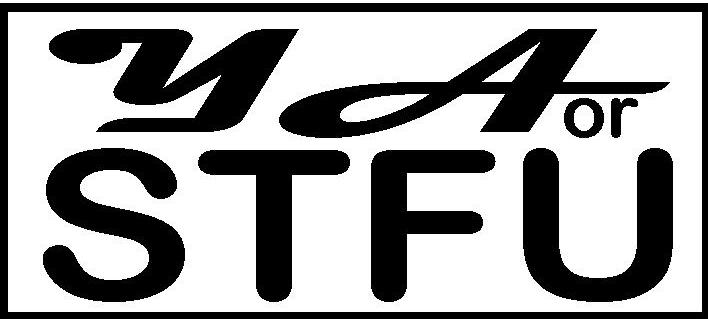Young Adult Literature without Apology
Amy's assessment of contemporary young adult literature, organized by author and title, censored by noone.
Realistic | Romance | Science Fiction | Historical Fiction | Fantasy | Horror | Mystery
Green, John (2006). An Abundance of Katherines. NY: Dutton/Penguin. ISBN: 0525476881. 240 pages.
Printz Award-winning author John Green’s new novel is not as issue-oriented as his first (Looking for Alaska), though it does challenge readers with its nod to postmodern structure. As in a David Foster Wallace novel, the text is liberally peppered with footnotes that explain, translate and expand upon the text in the form of asides. Though these asides were, indeed, often very funny, I have to admit: the technique gets a little old.
Following intellectual child prodigy Colin’s graduation from high school, his girlfriend (who, like the eighteen young women and girls Colin claims as girlfriends before her, is named Katherine) breaks up with him and sends Colin into a funk that his best friend Hassan determines can only be cured with a road trip. After some rather aimless driving, the two find themselves in the small Southern town of Gutshot, Tennessee, where locals persuade them to stay. There, Colin spends his spare time working on a mathematical theory of love, hypothesizing that romantic relationships can be graphed and predicted. Though crafting this formula is Colin's central focus (and, for the most part, the backbone of the book, as each new incarnation of the formula relates to a remembered experience with a Katherine), there is a concession to blossoming romance that realizes itself at the end and threatens to break Colin's cycle of Ks. Throughout the novel, we're treated to illustrations of the graphs Colin's working on and descriptions of the derivations of some of his formulae (in layman's terms, thank God!); meanwhile, Colin, Hassan and company exchange witty bon mots and entertain themselves and each other with anagrams. It is this type of mannered nerdiness that has the potential to both win over and alienate readers. As usual, both Green’s primary and secondary characters are given descriptive attention and are fully and humorously realized. While enjoyable, witty and even charming, a book with an appendix that describes how the fictional mathematical functions present in the novel can be created and graphed is not for everybody. The readers who do embrace this book, however, will do so whole-heartedly.
